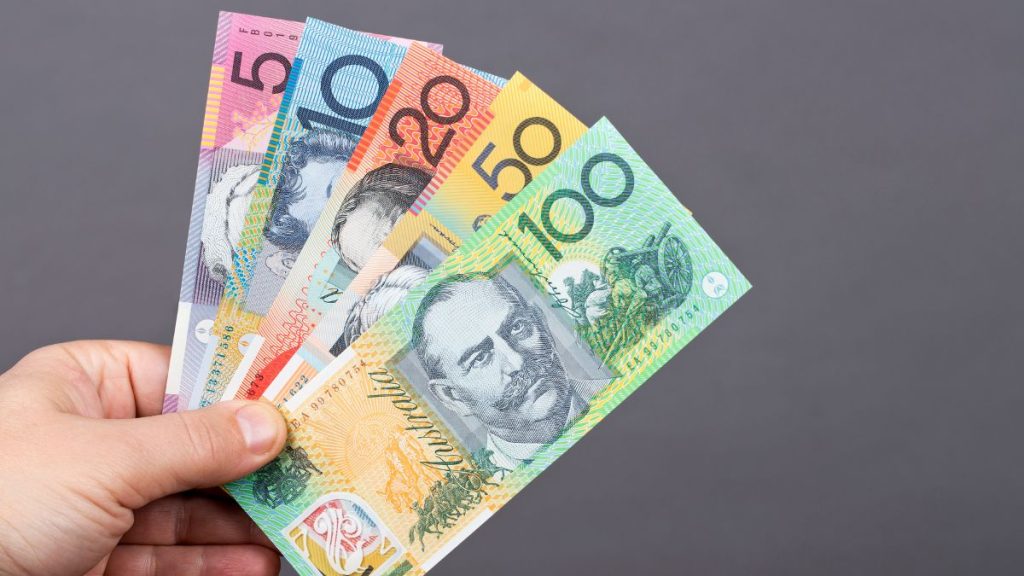Over the past year, equity markets in both Japan and Australia have shown notable resilience and, in some cases, outperformance relative to global peers. A key driver behind this momentum has been the recovery in return on equity (ROE) among core, blue-chip companies — a sign that these firms are not just riding market optimism, but delivering genuine improvements in capital efficiency and profitability.
This raises a crucial question for global investors and strategists alike:
Is this uptick in ROE structural enough to support a continued bull run in the Nikkei 225 and ASX 200 indices? Or is it a short-lived rebound in the post-pandemic cycle?
Below, we examine the corporate dynamics behind the ROE surge in both countries, assess sustainability factors, and explore implications for broader market performance.
Japan: Shareholder Value Renaissance?
For decades, Japan was synonymous with low returns on equity and capital inefficiency — driven by conservative management practices, excess cash holdings, and a reluctance to prioritize shareholder value. But over the past two years, a fundamental shift has been underway:
1. Tokyo Stock Exchange (TSE) Reform Pressure
In 2023, the Tokyo Stock Exchange introduced new rules that required listed companies trading below book value to outline capital efficiency plans — essentially nudging management teams to explain how they would boost ROE. The result?
- Increased share buybacks and dividend payouts
- More aggressive capital restructuring
- Enhanced communication with investors on ROIC and long-term capital allocation
As of mid-2025, over 60% of TOPIX-listed firms with sub-1.0 price-to-book ratios have disclosed specific steps to enhance returns — a significant cultural and governance shift.
2. Corporate Profitability Is Improving
A weaker yen has bolstered exporters’ margins, while domestic demand has begun to recover, especially in the service and technology sectors. According to recent earnings data:
- Median ROE of Nikkei 225 firms has climbed to 9.8%, up from 7.1% two years ago
- Capital-light sectors like software, machinery, and automation are seeing double-digit ROEs
3. Foreign Investor Rotation
With China’s equity market languishing and Europe facing growth stagnation, Japan is increasingly being viewed as an investable, stable alternative in Asia — especially given its low political risk and deep capital markets.
All of this has helped push the Nikkei 225 to historic highs, with ROE momentum acting as a fundamental underpinning rather than speculative froth.
Australia: Resilient Profitability Amid Macro Headwinds
Unlike Japan, Australia has long enjoyed relatively healthy corporate returns, but the recent ROE rebound in key ASX sectors suggests renewed vigor in underlying fundamentals.
1. Resource Sector Dominance and Capital Discipline
BHP, Rio Tinto, and other mining majors are benefitting from strong commodity demand, particularly for iron ore, lithium, and critical minerals linked to the global energy transition. Yet, the ROE boost isn’t just from pricing — it’s from discipline:
- Capital expenditures remain conservative, even with high cash flows
- Dividend payout ratios are high, satisfying investor demand
- ROEs in major miners have returned to 15–18% levels, with net margins widening
2. Banking Sector Recovery
Australia’s “Big Four” banks — CBA, NAB, ANZ, and Westpac — have seen ROEs bounce back to pre-COVID levels (~11–13%) due to:
- Stable net interest margins
- Low loan default rates
- Efficient cost management and digital transformation
While they face longer-term challenges (like mortgage saturation and fintech competition), the current operating environment remains favorable.
3. Emerging Growth in Mid-Caps and Tech
Sectors such as healthcare, renewables, and SaaS have also posted improving ROEs, albeit from a smaller base. For instance, CSL and WiseTech are showing consistent double-digit returns, underpinned by strong pricing power and global expansion.

Will ROE Strength Translate to Sustainable Index Performance?
While rising ROE is a powerful tailwind, the translation into sustained index strength depends on several conditions:
For Japan:
- Continued Governance Reforms: Investor pressure and TSE accountability must remain in place to avoid backsliding into old practices.
- Currency and Policy Balance: A persistently weak yen boosts earnings but may stoke inflation and limit real returns for domestic investors.
- Monetary Tightening Risks: If the Bank of Japan begins hiking rates faster than expected, the impact on valuations could be sharp.
Still, if Japan’s corporate ROE recovery proves structural, the Nikkei has room for long-term re-rating, particularly as global funds raise Japan allocations in multi-regional portfolios.
For Australia:
- Commodity Cyclicality: Sustained ROE in resources depends on pricing staying strong. A China slowdown or demand dip in clean tech metals could reverse the trend.
- Interest Rate Trajectory: A dovish RBA might further support credit demand and risk appetite — but surprises in inflation could challenge the earnings outlook.
The ASX 200 has historically traded at moderate valuations, so improving ROE could lead to multiple expansion, especially in sectors previously weighed down by growth fears.
Global Allocation Shifts: The ROE Angle
Institutional investors, particularly large pension and sovereign funds, are increasingly using ROE as a key screen for international equity allocations. In this context:
- Japan’s shift from low-ROE to medium-ROE status is transformative
- Australia’s ability to maintain ROE stability across volatile sectors is a unique advantage
Both countries may benefit from this trend, particularly in the wake of persistent underperformance in China, valuation concerns in the U.S., and macro headwinds in Europe.
Conclusion
Japan and Australia’s core companies are experiencing real improvements in profitability and capital efficiency, with rising ROEs sending a strong signal that these markets are not just cyclical plays — but possible structural winners in the global equity landscape.
Whether this momentum can sustain index-level gains depends on the durability of reforms, earnings visibility, and the macroeconomic backdrop. But for now, investors would be wise to take the ROE rebound seriously: it’s not just a metric — it may be the new foundation for a secular bull story in the Asia-Pacific region.





























